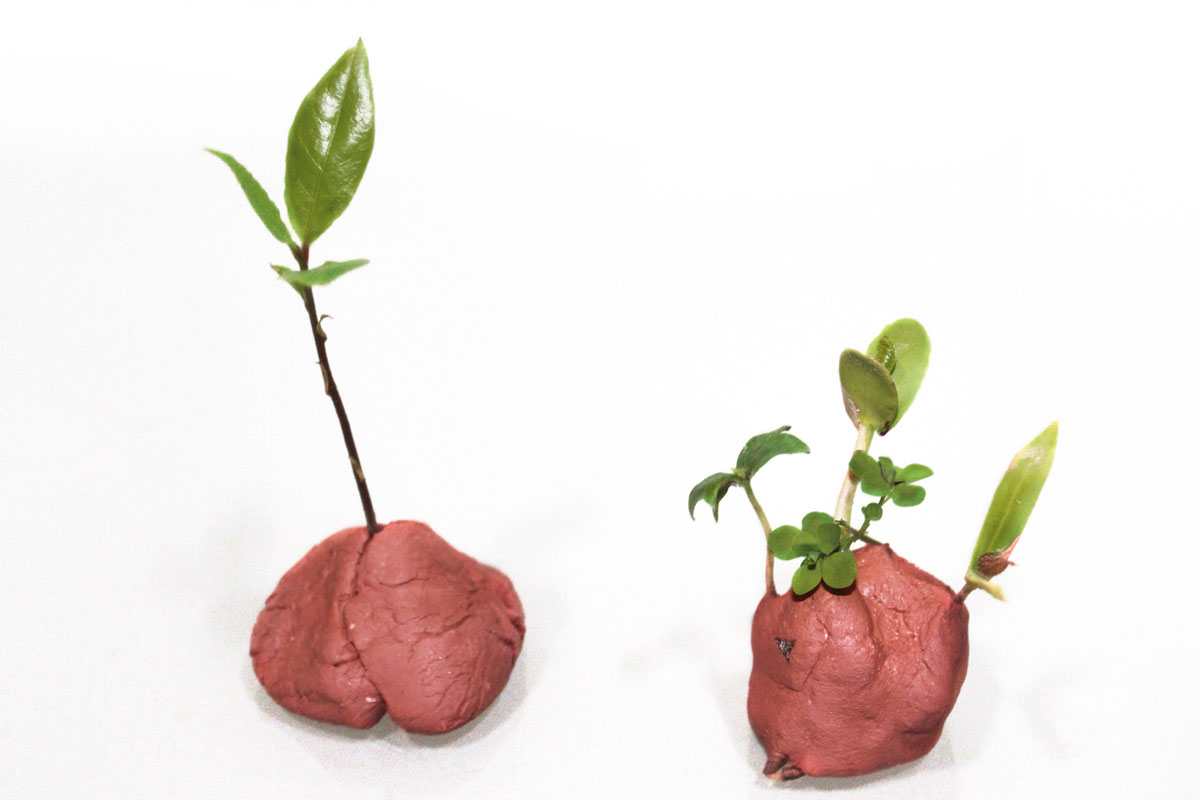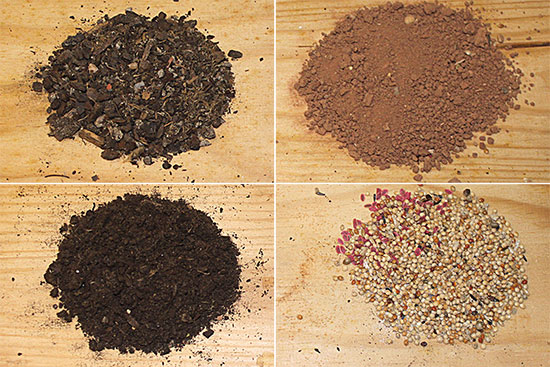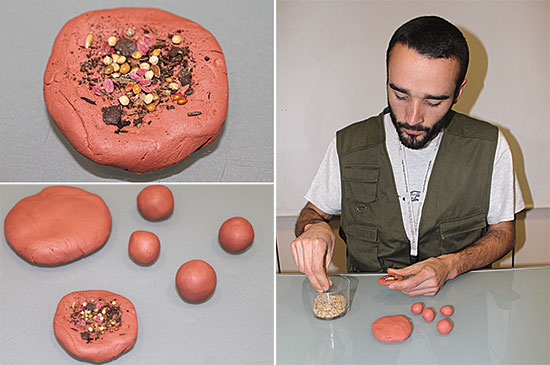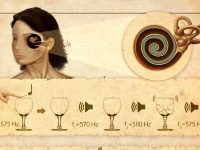
The activity we propose for this section of Mètode consists of reforesting using clay seed balls that we will scatter on the lands selected or on our own spaces to see how they germinate. This technique is known as nendo dango. The dango, Japanese food, is a dumpling made with mochiko (rice flour) served with green tea. This ball-shaped design inspired Japanese Masanobu Fukuoka to develop a method for reforestation by scattering clay balls called nendo dango. This technique was already used in ancient Middle East, Egypt and Africa for the same purpose.
Although Fukuoka, farmer and microbiologist, patented the technique in 1998, he could not spread it to every country, since some of them already used it regularly and traditionally. His merit, we think, is putting it back into circulation, and laying the foundations in the years after World War II for natural agriculture, which contributed to improving the land and to obtain optimal results in agriculture and reforestation. He established a series of main principles to achieve minimal impact and maximum output in agriculture. In fact, the production of rice from his fields prompted the Japanese government to use his methods due to its high yield and grain quality.

Education Unit of the Botanic Garden of the University of Valencia
The four basic techniques of nendo dango are: not tilling the soil, not applying pesticides, using compost instead of fertilizer and letting weeds grow, which have a role in the soil’s balance.
For this activity we have to take into account the seeds we choose to select native species, never invasive ones. To do this, you can collect seeds of plants such as rosemary, thyme or different kinds of grass, which grow quickly, and also of some bushes. If you use acorns (fruit of the oak), they must be from this year’s harvest, that is, newly fallen, because they dry quickly and do not germinate.
Using nendo dango for reforestation is more effective during periods of rain, which will obviously facilitate germination. The climate graphs (graphs that show yearly temperatures and rainfall) show that April is a very rainy month that can favour this practice. Another suitable period is autumn, but we have to take into account the lack of rain during this season in recent years.
ActivitY: ‘nendo dango’ BALLS
What you need
— Powdered clay or clay soil. You can also use the red soil of some croplands, as it is practically pure clay.
— Universal substrate or compost.
— Seeds (always choose native species since they will grow better, require less maintenance and contribute to improving the structure of the Mediterranean mountains).
— Other special additives that can be added are: mineral salts (moisture-absorbent and fertilizers) herbs to repeal possible predatory fauna (oleander, thyme, lavender, etc.) and wool, cotton or coconut fibre to compact the mix.
— A bucket or a basin.
— Mineral water, or better, chlorine-free water.
— A tray (for making ice cubes, for food, for recycling…).
How much you need
Depending on the space and the number of people that will participate, you can make an average of ten balls or discs per person. The proportions for the mix are:
— 4 glasses of clay.
— 1 glass of organic matter (compost or gardening substrate).
— 1 glass of mixed seeds (depending on their measure).

Education Unit of the Botanic Garden of the University of Valencia
What to do
1. Mix the clay, the organic matter and the seeds in a tub or a basin.
2. Add water to form a clayey or muddy mass.
3. Once you have the mass, cut it into pieces, which can vary in size and shape. The most classic format is round balls of 2-3 cm in diameter. To make them, use the mass to make a cylinder of about 4 cm in diameter and grab a spatula to cut it into pieces. Round them with both hands, or with your hand against the table, until they achieve a spherical and compact shape. Another formula that has had wide circulation is creating discs. For this, repeat the above procedure, but without rounding the pieces, creating instead flat discs (you can use a small glass) that are fun to scatter.
4. Store the balls, or the discs, separately and let them dry for a couple of days. You can place them in any food or ice cube tray.
Now we just need to select the land and scatter the nendo dango, hoping they will help improve our environment. Happy reforestation!
Watch the activity on Mètode TV
[English subtitles are available for the video]





